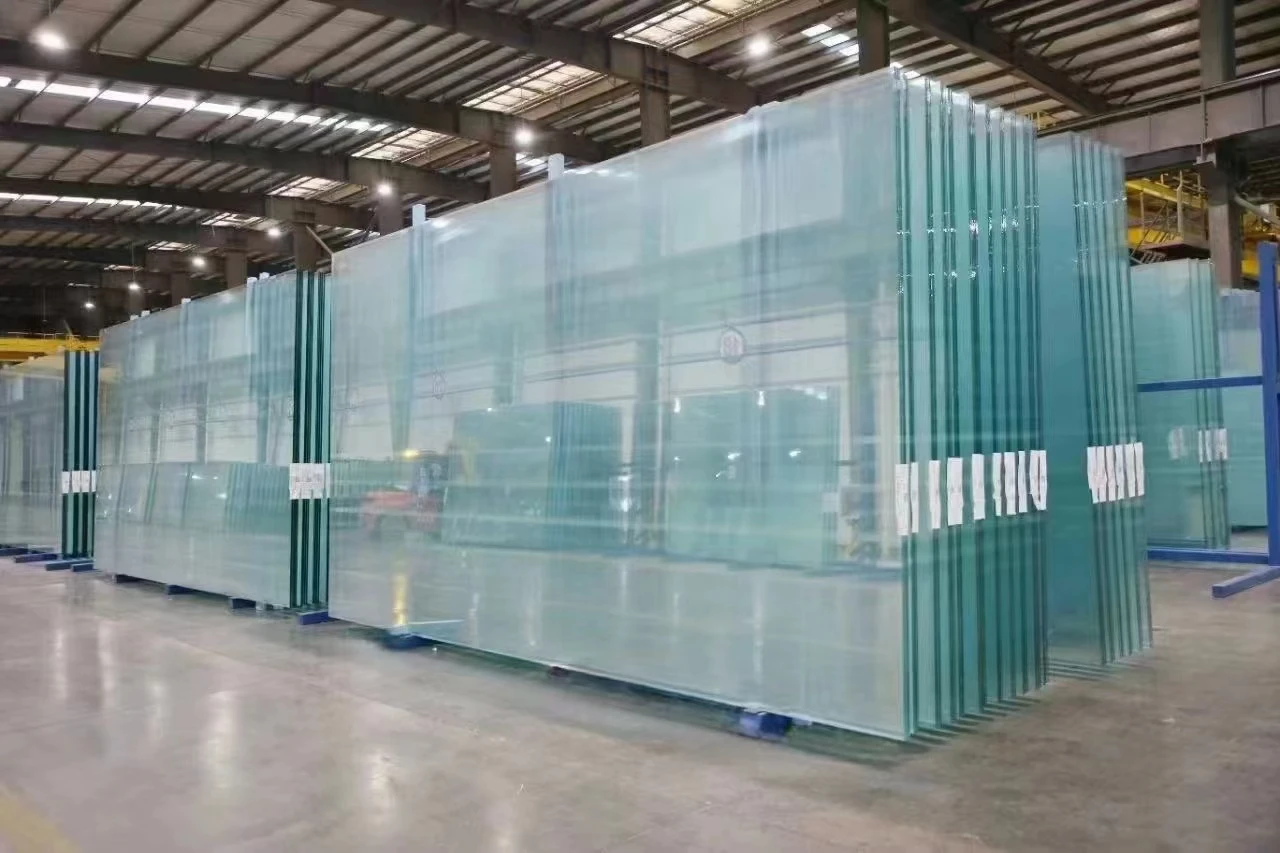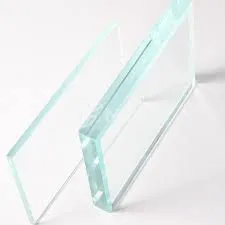Incorporating innovative glass and mirror designs into modern architecture and interior design isn't just about aesthetics—it's an art that demands a balance of creativity, craftsmanship, and sustainability. These quintessential elements contribute to the beauty and functionality of spaces, creating an environment that resonates with both tranquility and sophistication. Whether in residential or commercial settings, they enhance light, space, and style, delivering seamless elegance and unparalleled modernity.

Glass and mirror designs are at the forefront of interior design trends because of their ability to transform spaces. Their reflective properties magnify natural light, reducing energy costs and cultivating an environmentally friendly atmosphere. Expert designers, who prioritize the eco-friendly aspects of building materials, use glass solutions that not only distribute light efficiently but also offer thermal insulation, significantly contributing to sustainable design efforts.
Integrating bespoke glass designs into interiors is an expertise that combines precision with artistic flair. Professional glaziers employ advanced techniques and state-of-the-art technology to customize glass to specific needs, ensuring that each piece not only serves a functional purpose but also elevates the overall aesthetic appeal. From frosted and stained glass offering privacy and color to etched and sandblasted designs creating intricate patterns, every detail reflects mastery in craftsmanship.

Mirrors, more than mere reflective surfaces, hold a distinguished place in design due to their versatile utility and style-enhancing abilities. Specialized mirror designs can redefine perspectives within a room. By strategically placing mirrors, designers manipulate perceptions of space, turning cramped areas into open, inviting venues. U-shaped or convex mirrors provide unique dimensional depth, while antique finishes add a vintage, textured layer suited to eclectic or classic interiors.
The authority of glass and mirrors extends past traditional applications. Smart glass technology, for instance, adds cutting-edge functionality to windows and partitions, harnessing digital controls to adjust opacity and transparency. This innovation caters to modern demands for privacy and connectivity, adapting living or working spaces to shifting needs with ease. The seamless integration of such technology within timeless design is where expertise and innovation intersect.
glass and mirror designs
Trust in these designs is reinforced through their durability and safety features. Tempered glass increases the strength of standard glass, keeping human safety at the forefront by minimizing the risk of injury in case of breakage. Meanwhile, laminated glass incorporates a polyvinyl butyral (PVB) layer, which not only enhances security by holding shattered pieces together but also blocks harmful UV rays, protecting interiors from sun damage.
When engaging a specialist in glass and mirror designs, it's imperative to consider their experience and credentials. Certified professionals should have a proven track record of successful projects and satisfied clients, as well as a portfolio showcasing diverse applications of glass and mirror products. Building trust with clients is pivotal, and it stems from transparency about materials used, adherence to safety standards, and the promises of high-quality craftsmanship.
For businesses in the hospitality and retail sectors, incorporating glass and mirror designs elevates brand image and customer experience. Glass storefronts offer unobstructed views, appealing to passersby and inviting them to explore the interior. Inside, mirrors enhance lighting displays, highlight products, and create a sense of grandeur, all of which are crucial for attracting and retaining customers.
Homeowners seeking a balance of elegance and functionality find glass and mirror designs indispensable. Frameless glass shower enclosures, mirrored kitchen backsplashes, and custom glass railings add a modern touch, maintaining a sleek and minimalist aesthetic while maximizing space utilization in homes with limited square footage.
In conclusion, the unique blend of artistry, utility, and technological advancement embedded in contemporary glass and mirror designs speaks volumes about their growing importance in modern architecture and interior design. Those who leverage these materials gain not only aesthetic value but also the benefits of efficiency, safety, and sustainability. The knowledge and skills of seasoned professionals ensure that every design meets the highest standards of quality and consumer satisfaction, paving the way for innovative architectural solutions and enhancing the harmonious interplay between form and function.
 Afrikaans
Afrikaans  Albanian
Albanian  Amharic
Amharic  Arabic
Arabic  Armenian
Armenian  Azerbaijani
Azerbaijani  Basque
Basque  Belarusian
Belarusian  Bengali
Bengali  Bosnian
Bosnian  Bulgarian
Bulgarian  Catalan
Catalan  Cebuano
Cebuano  Corsican
Corsican  Croatian
Croatian  Czech
Czech  Danish
Danish  Dutch
Dutch  English
English  Esperanto
Esperanto  Estonian
Estonian  Finnish
Finnish  French
French  Frisian
Frisian  Galician
Galician  Georgian
Georgian  German
German  Greek
Greek  Gujarati
Gujarati  Haitian Creole
Haitian Creole  hausa
hausa  hawaiian
hawaiian  Hebrew
Hebrew  Hindi
Hindi  Miao
Miao  Hungarian
Hungarian  Icelandic
Icelandic  igbo
igbo  Indonesian
Indonesian  irish
irish  Italian
Italian  Japanese
Japanese  Javanese
Javanese  Kannada
Kannada  kazakh
kazakh  Khmer
Khmer  Rwandese
Rwandese  Korean
Korean  Kurdish
Kurdish  Kyrgyz
Kyrgyz  Lao
Lao  Latin
Latin  Latvian
Latvian  Lithuanian
Lithuanian  Luxembourgish
Luxembourgish  Macedonian
Macedonian  Malgashi
Malgashi  Malay
Malay  Malayalam
Malayalam  Maltese
Maltese  Maori
Maori  Marathi
Marathi  Mongolian
Mongolian  Myanmar
Myanmar  Nepali
Nepali  Norwegian
Norwegian  Norwegian
Norwegian  Occitan
Occitan  Pashto
Pashto  Persian
Persian  Polish
Polish  Portuguese
Portuguese  Punjabi
Punjabi  Romanian
Romanian  Russian
Russian  Samoan
Samoan  Scottish Gaelic
Scottish Gaelic  Serbian
Serbian  Sesotho
Sesotho  Shona
Shona  Sindhi
Sindhi  Sinhala
Sinhala  Slovak
Slovak  Slovenian
Slovenian  Somali
Somali  Spanish
Spanish  Sundanese
Sundanese  Swahili
Swahili  Swedish
Swedish  Tagalog
Tagalog  Tajik
Tajik  Tamil
Tamil  Tatar
Tatar  Telugu
Telugu  Thai
Thai  Turkish
Turkish  Turkmen
Turkmen  Ukrainian
Ukrainian  Urdu
Urdu  Uighur
Uighur  Uzbek
Uzbek  Vietnamese
Vietnamese  Welsh
Welsh  Bantu
Bantu  Yiddish
Yiddish  Yoruba
Yoruba  Zulu
Zulu 


